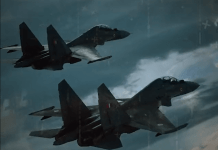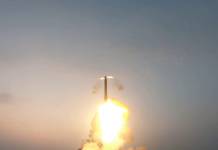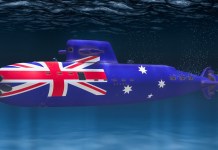By: Air Marshal (R) RGK Kapoor
The Kargil conflict in 1999 revealed Indian inadequacies in surveillance of the conflict zone. It took definitive time to identify the positions occupied by the enemy. In fact, a young IAF pilot innovated by flying a MiG-21 with a Handycam to film enemy positions, which led to accurate targeting.
25 years later, the government of India has taken two crucial decisions to boost surveillance capability and national security: approving the procurement of Predator Drones from the US and the Space Based Surveillance III project. Both these decisions will boost strategic surveillance capability and send a strong signal in the region.
The Cabinet Committee on Security (CCS) approved the acquisition of 31 MQ-9B weaponized Unmanned Combat Aerial Vehicles (UCAV) for the three services under the Foreign Military Sales (FMS) process.
This is an important step in the long-debated acquisition of highly capable drones for the armed forces. On 15 October 2024, both sides signed the contract for this procurement, worth nearly USD 4 billion.
The Cabinet Committee on Security (CCS) also approved the launch of 52 satellites in various orbits under the Space Based Surveillance-III (SBS-III) project, which is worth 26,968 Crores ($3.1 billion).
The project envisages the production and launch of 21 satellites by ISRO and 31 satellites by private companies. These satellites will be positioned in Low Earth Orbit (LEO) and Geosynchronous orbit (GEO).
The capability will substantially enhance the persistence of monitoring extended regions beyond our borders and will also help in civilian applications. Satellites are inherently dual-use, and that is where the cost-effectiveness can be gainfully leveraged.
Both these programs have been in the works for many years, and their approval will provide the much-needed impetus to surveillance capability during these uncertain times.
Intelligence, Surveillance, and Reconnaissance (ISR) is a time-sensitive function in military operations. It provides timely inputs on infrastructure development, force movement, and overall capability assessment, which are essential for targeting.
ISR is undertaken using both aerial platforms, such as aircraft and drones, and space-based platforms, such as satellites. Persistent ISR is a prerequisite for multi-domain awareness, and it provides the military leadership with vital inputs in decision-making.
India currently has some aerial platforms for surveillance with the three services and other agencies. All three services operate Searcher and Heron UAVs procured from Israel.
Additionally, the Indian Army and Indian Navy are procuring Drishti 10 MALE UAVs based on the Hermes 900 platform of Elbit, Israel.
The tactical UAV segment has also been strengthened with the procurement of UAVs with specific mission capabilities and limited endurance to meet tactical objectives. The three services have also procured these UAVs.
The encouraging fact is that many tactical UAVs are coming from indigenous companies. What we lacked is the High-Altitude Long-Range (HALE) capability, which will be achieved by the Sky Guardian UAVs.
Indian armed forces operate in diverse terrains, from deserts and oceans to the high mountains of the Himalayas, which demand multi-layered surveillance capability.
This void was acutely felt during the Eastern Ladakh situation. With mountains rising to more than 17000 feet, surveillance of the areas across LAC with MALE UAVs was a major constraint due to limited visibility of available payloads at their operating altitudes of around 25000 to 30000 ft while operating well into their own airspace.
On the other hand, China has a variety of HALE UAVs like Wing Loong, Xianglong, WJ-700, and WZ-10, which can perform diverse roles and possess the capability to operate over extended periods and long ranges, thus providing them with continuous surveillance capability.
Caihong-5 (CH-5) is the closest copy of the MQ-9 UAV. Also, Pakistan’s UAV capability has grown multifold, piggybacking on China.
Predator drones are the improved version of the earlier MQ-9A Reapers, which gained prominence in the Middle East and Afghanistan operations. In recent times, MQ-9Bs have been used for counter-terrorist operations and surveillance over Yemen, Iran, Syria, and other hot spots across the world.
MQ-9A was commonly known as Reaper, and its improved version, MQ-9B, which has a Short Takeoff and Landing (STOL), is called the Sky Guardian/ Sea Guardian.
Sky Guardian is optimized for ISR over land and mountains, while the Sea Guardian carries payloads optimized for surveillance over high seas.
The weaponized UAV has the dual capability of ISR and strike. It can carry Hellfire air-to-ground missiles, laser-guided bombs (LGB), and glide bombs. Available information suggests that India will be getting Hellfire missiles and glide bombs. The IAF already has the expertise of using Hellfire missiles on Apache attack helicopters procured earlier from the US.
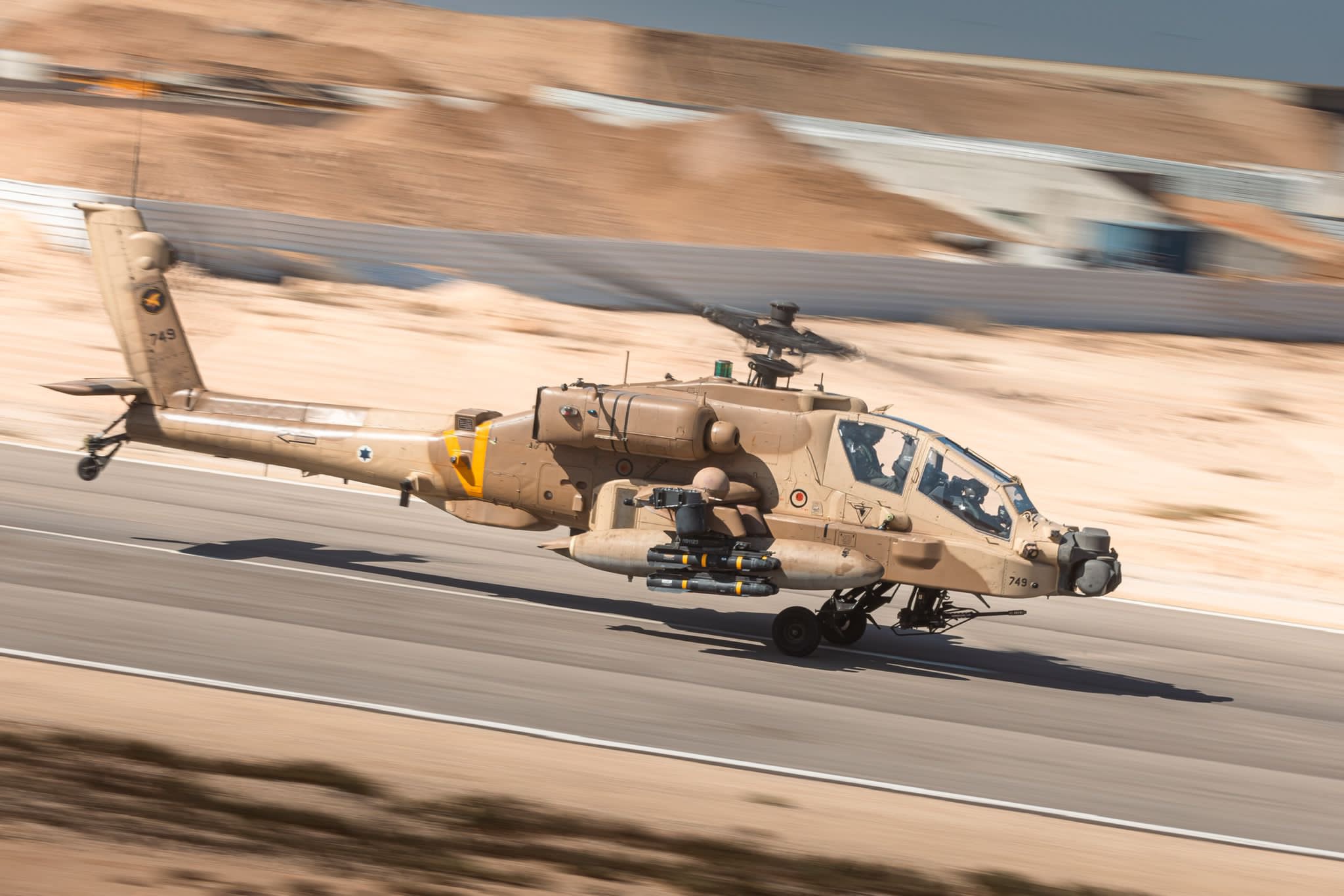
With a wingspan of 24 meters and a length of 11.7 meters, the MQ-9B is as big as a conventional fighter aircraft. Just to put things into perspective, the Rafale has a wing span of 10.9 meters and a length of 15.3 meters.
MQ-9B can fly continuously for more than 40 hours at more than 40,000 feet. The UAV has been developed with an open architecture that allows plug-in and play for diverse payloads and easier upgrades in the future.
India should aim to integrate indigenous weapons and payloads on aircraft in the future. The drone can carry a plethora of payloads to provide seamless ISR capability. It carries a weapons load of 2155 kgs, or 2.1 tons, on nine hardpoints and internal payloads weighing more than 360 Kgs. The drone could potentially be used in both ISR and strike roles, along with dynamic or time-sensitive targeting.
The Sky Guardian has secure communication systems and can operate at extended ranges using satellite communications. The payloads include an Electro-Optical/infrared sensor and a multi-mode radar. Some other payloads can also be integrated into Electronic warfare.
The Indian Navy has operated the leased Sea Guardians for ISR tasks over the last two years, which provides us with a good understanding of its capability and the India-specific enhancements required to meet our operational needs.
Interestingly, the MQ-9B is equipped with all the instrumentation and gadgets required to fly in a highly congested civil airspace. This will facilitate inter-theatre employment and operations during peacetime in civil airspace.
The aircraft is presently operated by the U.S., Italy, the Netherlands, France, Poland, the UK, Spain, and Belgium. Canada has been using it extensively for surveillance of its vast territories.
The US has strictly controlled the sale of these UAVs outside of NATO due to the technology they carry and their strike potential. India was offered these UAVs after it was recognized as a Major Defence partner in 2016.
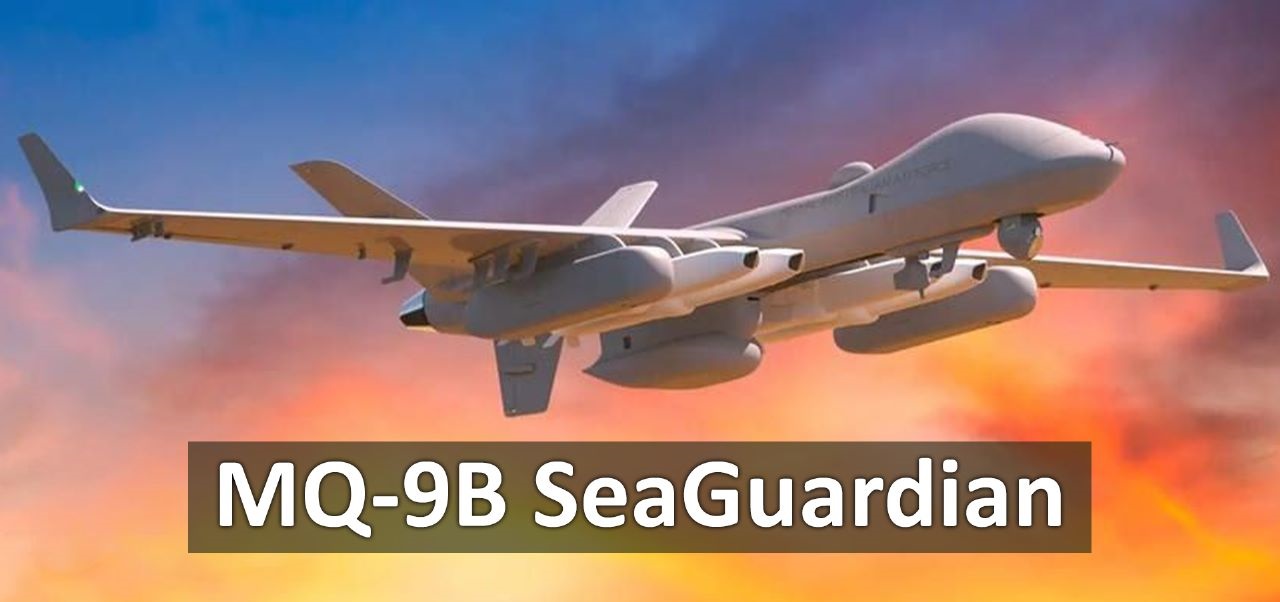
Consequently, in 2023, US Defense Secretary Lloyd Austin traveled to India, where he signed a new “defense industrial base cooperation roadmap” with his Indian counterpart. While the contract does not include the transfer of technology, it does mandate General Atomics, the manufacturer of Sky Guardian, to set up an MRO facility in India.
The second important decision was to approve SBS-III, which is the follow-up of SBS-I and SBS-II. SBS-I was initiated by the Vajpayee government in 2001, consequently, number of satellites were launched.
SBS-II commenced in 2013 and is currently ongoing. Under these two programs, India launched the CARTOSAT (Electro-Optical) and RISAT (Synthetic Aperture Radar) series of satellites.
While these satellites have strengthened the region’s space-based surveillance capability, they are still inadequate to meet the nation’s growing strategic surveillance needs. Clearance of SBS-III is crucial in this pursuit.
Giving the nod to private companies producing and launching satellites endorses their growing capability and the nation’s faith in them delivering this critical defense capability.
It also indicates ISRO’s willingness to collaborate with private players and help them accelerate the nation’s space-faring capability. The National Security Council Secretariat will steer this project, which will be executed by the Defence Space Agency (DSA).
Space based surveillance capability is necessary to cover the gaps arising out of the limitations of aerial surveillance platforms and for persistence in surveillance.
Satellites in sufficient numbers are required to ensure continuous surveillance of areas of interest. These satellites will greatly enhance the monitoring of activities and developments in land and maritime domains in strategically important regions and around our borders.
While some satellites will be dedicated to each service requirement, they can also meet the tri-services requirements in certain key areas.
The satellites will be launched over five years and will have Artificial Intelligence embedded for faster processing and tagging of geo-intelligence.
The key feature of this constellation of satellites will be a triggering mechanism. If a satellite in Geostationary orbit (36,000 km above the earth) observes something, it can trigger a satellite in LEO (400 to 600 Km above the earth) to examine the activity more closely. The resolution of LEO satellites is much better because they orbit closer to Earth. This feature will enhance efficiency through automation.
These satellites will be useful in monitoring the entire land borders and beyond, the Indian Ocean region, and the Indo-Pacific. Infrastructure development, troop movements, equipment movements, missile regiment movements, and any missile test/ launch undertaken in the region can be easily monitored.
Additionally, the satellites will contribute to civilian applications such as disaster management, environmental monitoring, and infrastructure development.
The acquisition of 31 Sky/ Sea Guardian UAVs and the launch of 52 satellites will give military surveillance a boost. These decisions will economize effort, create greater interoperability, cover all levels of surveillance, from tactical to strategic, and facilitate dynamic and time-sensitive targeting.
This capability, stitched with other platforms and SBS-III, will provide military leadership with seamless information in multiple domains for swift decision-making. All that now remains is to bring all these platforms on one real-time and seamless network.
- Air Marshal (R) RGK Kapoor, PVSM, AVSM, VM, is a retired officer of the Indian Air Force. He served as the Air Officer Commanding-in-Chief (AOC-in-C) of Central Air Command.
- Mail EurAsian Times at editor (at) eurasiantimes.com

